
Catch up on the top radiology content of the past week.

Catch up on the top radiology content of the past week.
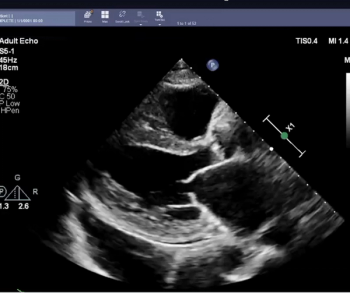
In comparison to initial sonographer assessment of echocardiograms, cardiologists are over 10 percent less likely to change initial artificial intelligence (AI) assessment of left ventricular ejection fraction (LVEF), according to new research recently presented at the European Society of Cardiology Congress in Barcelona, Spain.
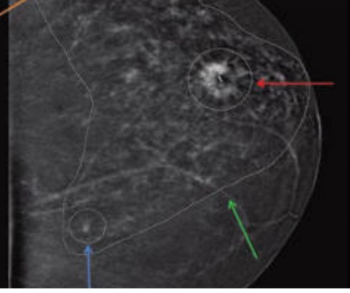
Researchers found the combination of magnetic resonance imaging (MRI) and contrast-enhanced mammography was nearly 22 percent more effective at detecting breast lesions than MRI-directed ultrasound.

Canon Medical Systems offer a range of in-person and virtual educational opportunities for their clients.

Catch up on the top radiology content of the past week.
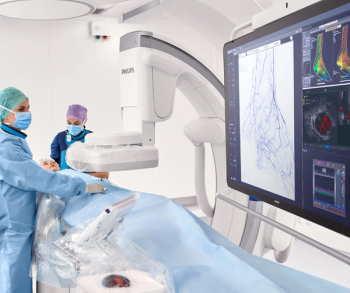
Published by the American College of Cardiology, the expert recommendations offer insights on the role of intravascular ultrasound for diagnosing and treating peripheral vascular disease in the lower extremity.

Catch up on the top radiology content of the past week.
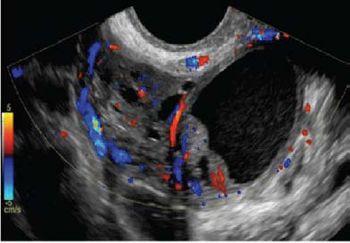
While the Ovarian-Adnexal Reporting and Data System ultrasound (O-RADS US) system provides a standardized and validated system for classification and risk stratification of ovarian and adnexal masses, a variety of clinical scenarios may prohibit or limit use of the system.

Catch up on the top radiology content of the past week.
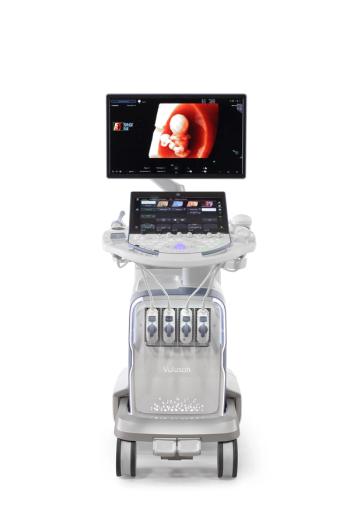
The next-generation ultrasound system reportedly offers enhanced images through graphic-based beamforming technology, a variety of artificial intelligence (AI)-powered tools and reduced exam times.
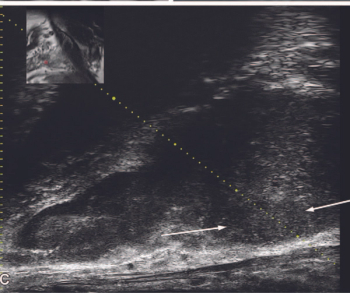
A recently published prospective study comparing multiparametric magnetic resonance imaging (MRI) and micro-ultrasound found similar detection rates for prostate cancer.

Catch up on the top radiology content of the past week.
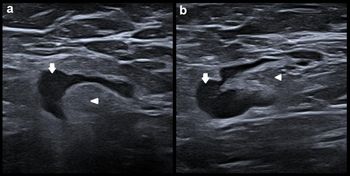
An updated machine learning model demonstrated a 23 percent improvement in accuracy and a 36.1 percent improvement in sensitivity over visual radiologist assessment of ultrasound images for differentiating malignant lymph nodes and benign COVID-19 vaccination-related changes to lymph nodes.

In recently issued statements, different radiology organizations have offered perspectives on the physician-patient relationship and the potential impact of the Supreme Court’s decision to overturn Roe v. Wade.

The review of breast cancer screening guidelines from the United States and abroad summarized current recommendations on modalities, intervals, and screening age considerations.
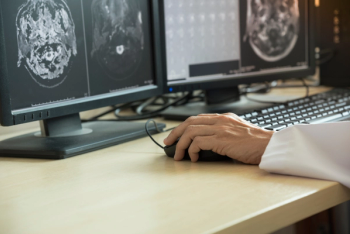
Recognizing the significant potential for workplace injuries in the radiology field, these authors discuss the proactive benefits of optimal positioning and disruptions of static posture as well as a heightened management awareness of ergonomic solutions and potential issues in maneuvering mobile imaging units.

Catch up on the top radiology content of the past week.
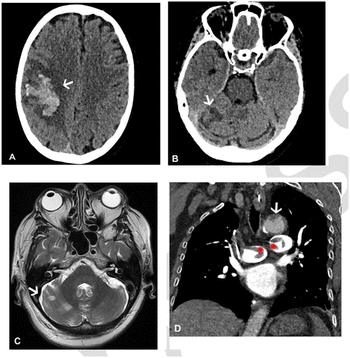
In what may be the largest study to date to examine the use of whole-body imaging to assess multisystem thrombosis in patients with COVID-19 vaccine-induced immune thrombotic thrombocytopenia, researchers found multiple sites of thrombosis in 83 percent of patients who had additional CT, MRI and/or ultrasound imaging beyond the area of their primary complaint.

Catch up on the top radiology content of the past week.
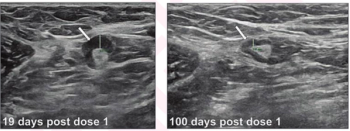
While COVID-19 vaccine clinical trials noted that post-vaccine axillary lymphadenopathy lasted for one to 10 days, emerging breast ultrasound research found a mean resolution of 127 days after a first vaccine dose.

Check out top radiology content from the past week.
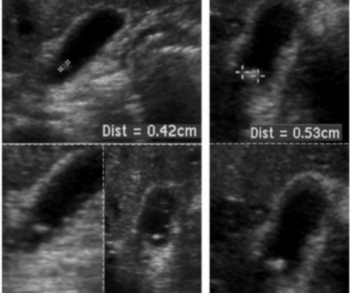
Based on findings from what may be the first longitudinal study of gallbladder polyps in patients with underlying liver disease, researchers suggested that size change thresholds for cholecystectomy may need to be reevaluated.

The portable ATUSA™ System reportedly provides 3D ultrasound visualization of the entire breast volume in two minutes.
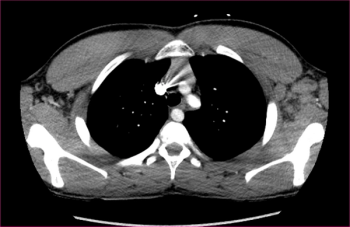
Lung opacities/consolidation and cervical/axillary adenopathy are reportedly common findings in emergency room imaging of patients suspected of having complications related to COVID-19 vaccines, according to new research presented at the American Roentgen Ray Society (ARRS) conference.

Review top radiology content from the week.